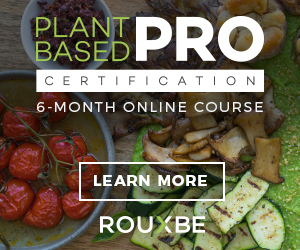How to cook asparagus
Asparagus is a springtime favorite that can be hard to cook. If you are not careful, the spears will turn into mush, or you will end up with dried-out, limp stalks. Follow these steps to ensure that your asparagus comes out fresh and flavorful.
Pick out the best asparagus.
When you're picking out asparagus, you want to look for those that are firm and straight. Avoid wilted or yellowing asparagus (it's a good idea to sniff them, too). The bottom of each stalk should be smooth and free from any cracks or nicks.
As for size and thickness, it's best to buy spears about the same diameter as your thumb when held vertically. They shouldn't be so thin that they snap under pressure—these will have a hollow sound when tapped on the bottom—but also shouldn't be so thick that they can't cook evenly.
Do not cut asparagus until you are ready to cook or serve it.
Do not cut asparagus until you are ready to cook or serve it. Cutting the stalks at an angle, as some people do, will cause them to lose their flavor very quickly. You can cook the whole bunch or cut it into manageable pieces before cooking, depending on your preference. Whole spears can be roasted in an oven at 350 degrees Fahrenheit (175 degrees Celsius), while smaller pieces should be boiled in salted water until they are al dente—meaning they're still slightly firm when bitten into—and then served alongside your entree.
Wash under cold running water.
After you’ve cut the ends off of your asparagus and trimmed any too-thick spears, it’s time to wash them. You can use a vegetable brush or colander to clean them under running water. Rinse them thoroughly and then lay them out on a paper towel—a few at a time if you have enough paper towels to absorb the water—to dry. If you don't want to wash your asparagus before cooking, they'll still taste great if you place them in cold water and bring them to a boil with your other ingredients before adding the asparagus.*
You can also cook the asparagus right after washing it; be sure not to overcook it!
Bring a large pan of water to a rolling boil.
Then let simmer for 2 minutes if you like your asparagus crisp, 3 minutes if you like it medium, and 5 minutes if you like it soft.
Bring a large pan of water to a rolling boil. Then let simmer for 2 minutes if you like your asparagus crisp, 3 minutes if you like it medium, and 5 minutes if you like it soft.
Then drain the asparagus in a colander, refresh under cold running water and drain again before serving.
As the asparagus is cooking, prepare an ice bath in a large bowl.
Fill a large bowl with ice cubes and water.
Add the asparagus to the ice bath. Let it cool for about three minutes or until it has cooled considerably.
Remove from the ice bath and drain (reserve the liquid for another use).
Scoop out the asparagus with a slotted spoon and plunge it into the ice bath to stop the cooking process and preserve the bright green color.
The essential step in cooking asparagus is to snap off the tough ends of each spear before you cook it. You can do this by hand or break them off with your fingers (if you're lucky enough to have that kind of flexibility).
Asparagus can be prepared in several ways depending on how you want to eat it.
Asparagus can be prepared in several ways depending on how you want to eat it. You can boil, steam or grill it and serve it hot or cold as a side dish or cook it as the main course. You might also choose to eat it with a sauce or without one.
Conclusion
Once you have cooked your asparagus, the next step is to prepare it. The simplest way is to cut off the tips and enjoy them raw. You can also prepare them by sautéing them in a pan with some butter or olive oil or even boiling them until they become soft enough for you to eat with your hands, like pasta.





